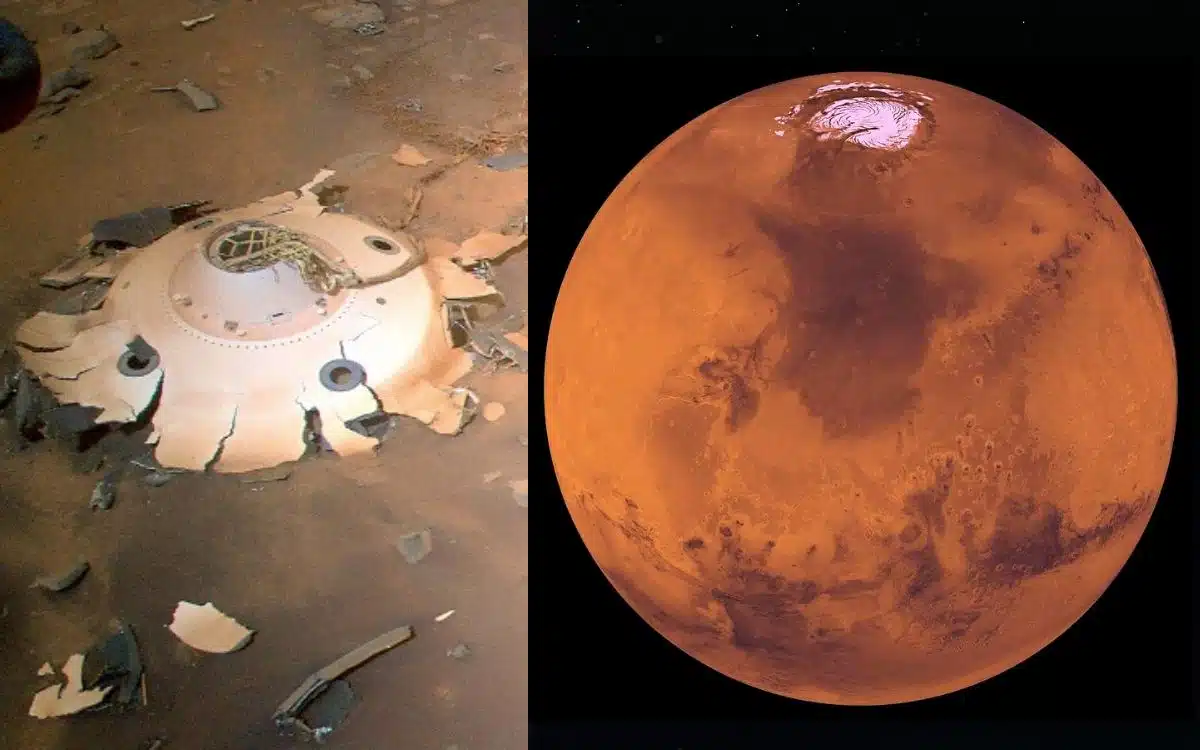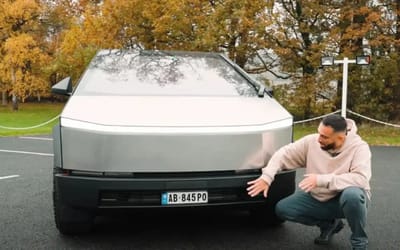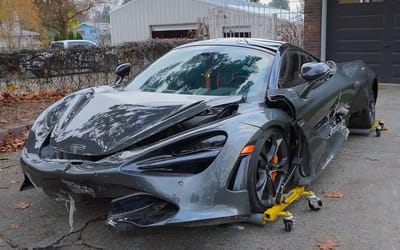NASA has just generated enough oxygen to sustain a person on Mars
Published on Sep 11, 2023 at 7:02 PM (UTC+4)
by Kate Bain
Last updated on Sep 11, 2023 at 7:02 PM (UTC+4)
Edited by
Kate Bain
A NASA rover has generated enough breathable oxygen to sustain a human on Mars.
NASA made the announcement this week after finishing up a massive two-year-long experiment.
The American space agency described it as a “breakthrough” and a huge step forward for space travel.
READ MORE! Japan just set off on its first-ever lunar mission with ‘Moon Sniper’ satellite in historic launch
Since its Perseverance rover landed on Mars in 2021, the device has generated 122 grams of oxygen.
That’s enough to sustain a small dog for about 10 hours, NASA says.
And for a human, that will keep them going for about three hours.
That was actually a much better outcome than the creators of the device, called MOXIE, expected.
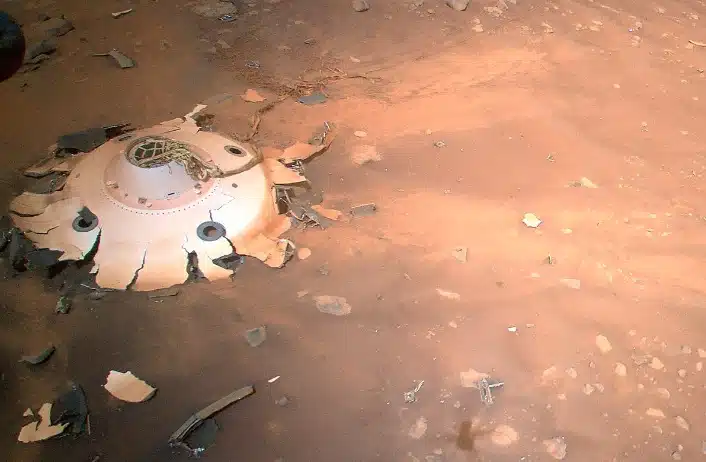
“MOXIE’s impressive performance shows that it is feasible to extract oxygen from Mars’ atmosphere – oxygen that could help supply breathable air,” NASA said.
“Developing technologies that let us use resources on the Moon and Mars is critical to build a long-term lunar presence, create a robust lunar economy, and allow us to support an initial human exploration campaign to Mars.”
The space agency said the oxygen generated could also be used for rocket fuel.
Specifically, vital for launching astronauts from Mars back to Earth.
“By proving this technology in real-world conditions, we’ve come one step closer to a future in which astronauts ‘live off the land’ on the Red Planet,” NASA said.
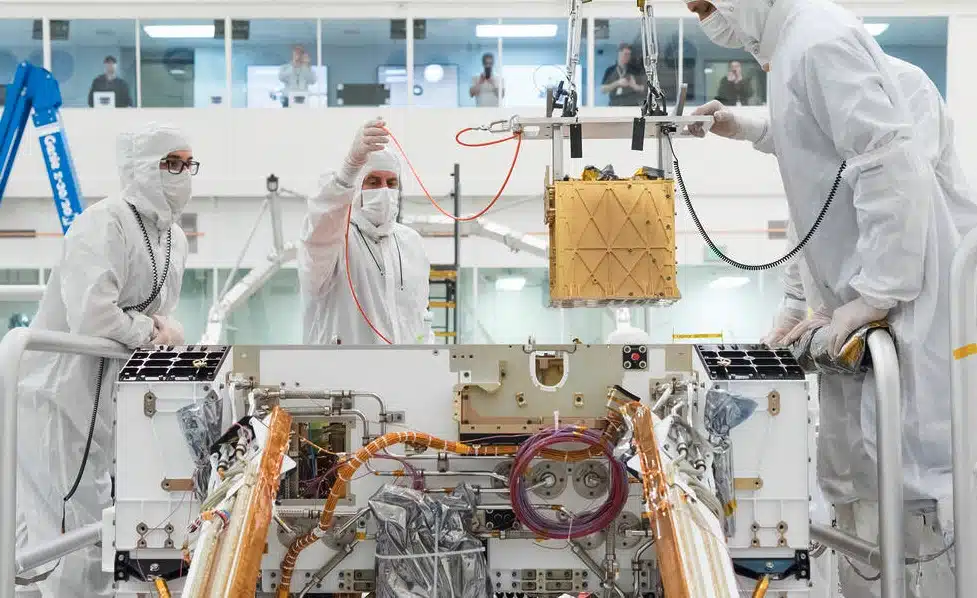
Following the hugely successful two-year-long experiment, scientists said they had now learned how to build a much more efficient version of MOXIE.
Currently, about the size of a microwave, scientists said MOXIE 2.0 could be created as a full-scale system.
This would allow them to massively scale up that generation of oxygen.
“We’re proud to have supported a breakthrough technology like MOXIE that could turn local resources into useful products for future exploration missions,” NASA said.
DISCOVER SBX CARS: The global premium car auction platform powered by Supercar Blondie
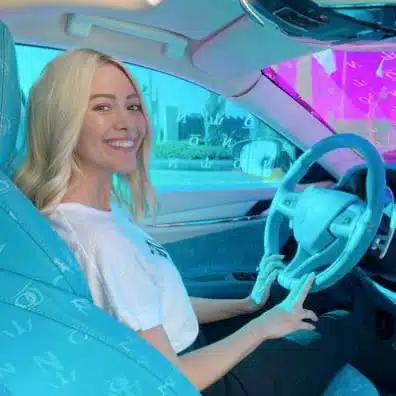
Kate Bain is the Page Editor at supercarblondie.com. She is based in Dubai and coordinates coverage of the latest news across automotive, technology, and lifestyle. Kate has a bachelor's degree in business and post graduate in journalism. She is an experienced editor and journalist who has worked for News Corp, Daily Mail Australia, and Sky News. When she's not at work, you'll find her attached at the hip to her dog, Thor.
